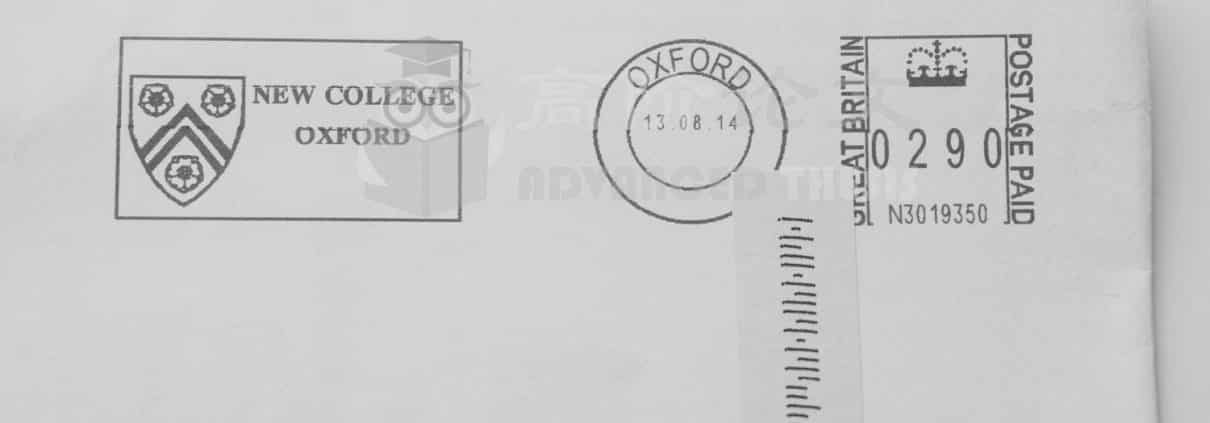案例研究代写:安全保险箱的报告
案例研究代写:安全保险箱的报告
我们报告的主题是一个安全保险箱。我们选择的具体案例是一个个人家庭安全保险箱,有一个存储空间。保险箱的目的和主要用途是存放贵重物品,防止盗窃和入室盗窃。安全保险柜应装有机械控制的锁紧机构,锁紧机构由键盘操作。本报告将只关注保险柜外壳材料的选择和制造,即所谓的安全墙。安全墙必须能够承受来自工具、机械和掉落的攻击。这意味着墙壁必须由具有保护保险箱免受这些攻击的特性的材料制成。保险柜的重量越高,产品就越受欢迎,因为对于小偷来说,一个更重的保险柜比一个更轻的保险柜更难运输。虽然已经确定了保险柜的目标储存空间,但保险柜的外部尺寸并没有受到任何限制,而是预期可用于运输。正如在产品描述中提到的,安全防护墙需要材料特性,以防止工具、机械和掉落的攻击。安全墙最基本的材料性能要求是:
极限抗拉和抗压强度-承受外部载荷而不破坏的能力。保险柜的性能会更好,与更高的强度,以承受被粉碎或冲击稳步应用的力量。延展性-变形而不发生脆性断裂的能力。延展性与脆性有相反的含义,因为脆性会使保险柜很容易被摔碎或撞碎。发生延展性失效的材料必须用于生产保险柜。韧性-材料在失效前能吸收的能量量。这是一种与材料所能承受的冲击、冲击或振动有关的特性。韧性是材料最基本的安全性能之一,安全是直接衡量材料承受攻击和跌落冲击的能力。硬度-材料抗划伤、磨损、压痕和渗透的能力。这是一个重要的材料性质的安全,因为一个突破可以实现使用工具或机械使用压痕和钻孔。密度-一种物质属性,它将物质的质量与其体积联系起来。一种密度较高的材料将更有利于安全墙的目的,因为它将使安全更难以操纵在盗窃。
案例研究代写:安全保险箱的报告
The subject of our report is a security safe. The specific case we have chosen to look at is a personal domestic security safe with a storage space of. The purpose and main use of the security safe is to store valuable items from theft and break-ins. The security safe is to be fitted with a mechanically controlled and locking lock mechanism which is operated with a key pad. This report will focus solely on the material selection and manufacturing of the outer casing of the safe, which will be referred to as the safe walls. Safe walls must be able to sustain attacks from tools, machinery and dropping. This means that the walls must be made of materials which have the properties which can protect the safe from these attacks. The higher the weight of the safe the more desirable the product is as a heavier safe would in turn be harder to transport for a thief than a lighter one. Although the target storage space of the safe has been defined the external dimensions of the safe are not restriced in any way but are expected to be practical for transportation. As mentioned in the product description the security safe walls require material properties which prevent attacks from tools, machinery and dropping. The most essential material properties desired of the safe wall are:
Ultimate Tensile and Compressive Strength – The ability to be subjected to external loading without failure. The safe will perform better with a higher strength in order to withstand being crushed or impacted with steadily applied forces.Ductility – The ability to deform without brittle fracturing. Ductility has the opposite meaning of brittleness, and as brittleness would allow the safe to be broken into easily by dropping or impact. A material which fails in a ductile way must be used to produce the safe.Toughness – The amount of energy a material can absorb before failure. This is a property which relates to the shock, impact or vibration the material can be exposed to without failure. Toughness is one of the most essential material properties of the security safe is it is a direct measure of how well the material will withstand impact from attacks and dropping.Hardness – The materials ability to resist scratching, abrasion, indentation and penetration. This is an important material property for a safe as a break in could be performed by using tools or machinery which use indentation and drilling.Density – A material property relating the mass of the material to its volume. A material with a higher density will be more favourable for the purpose of a safe wall as it will make the safe more difficult to maneuverer in thefts.







